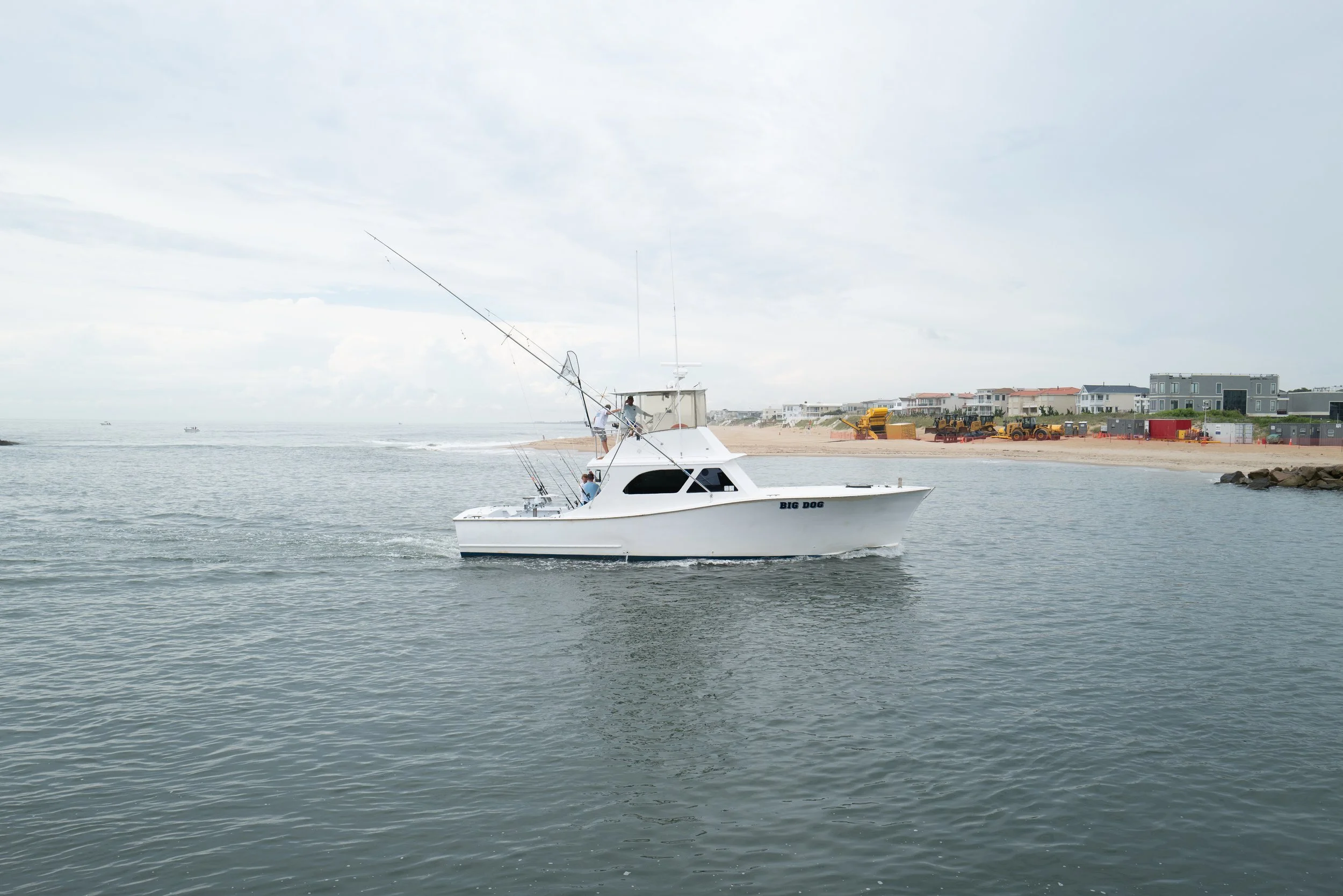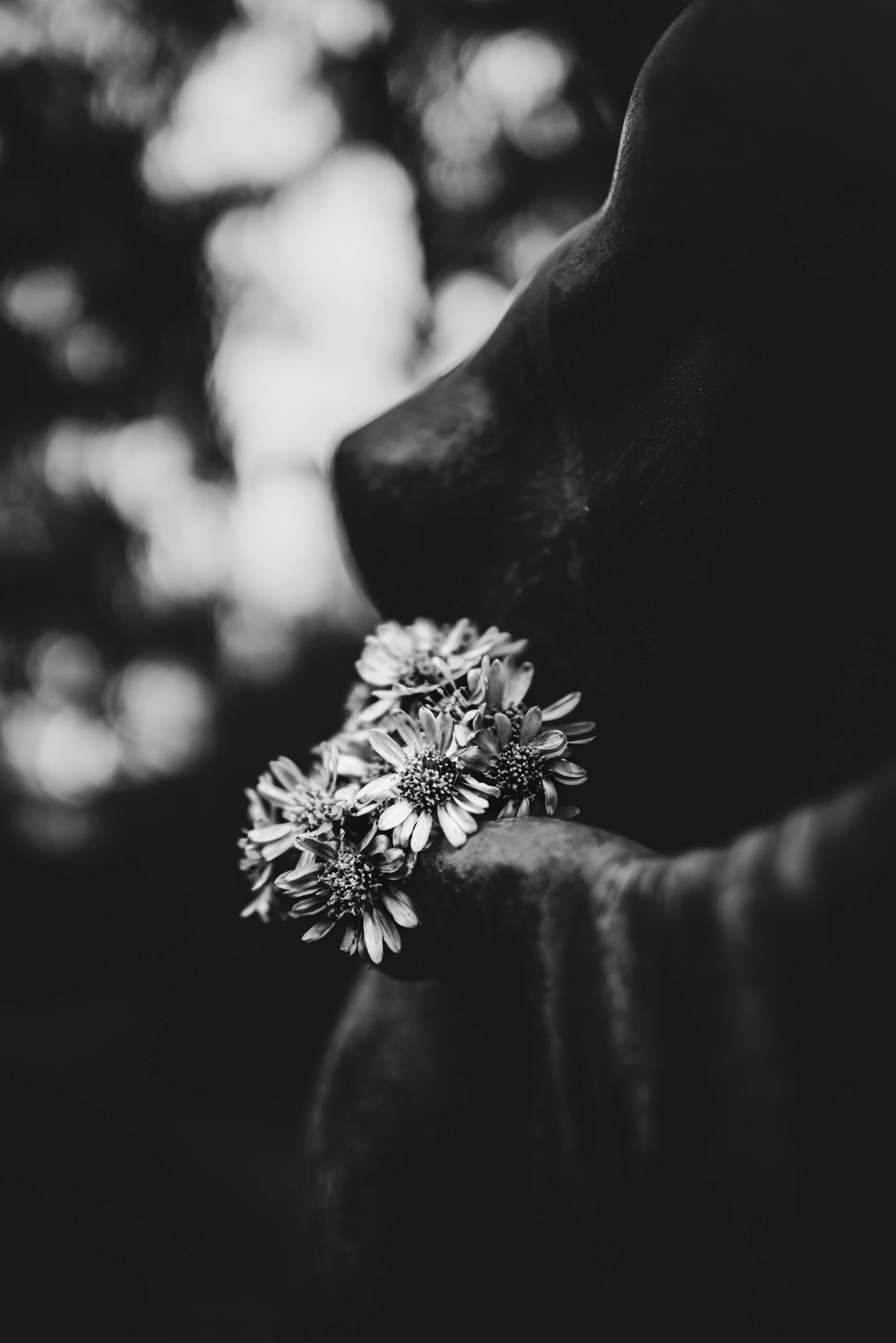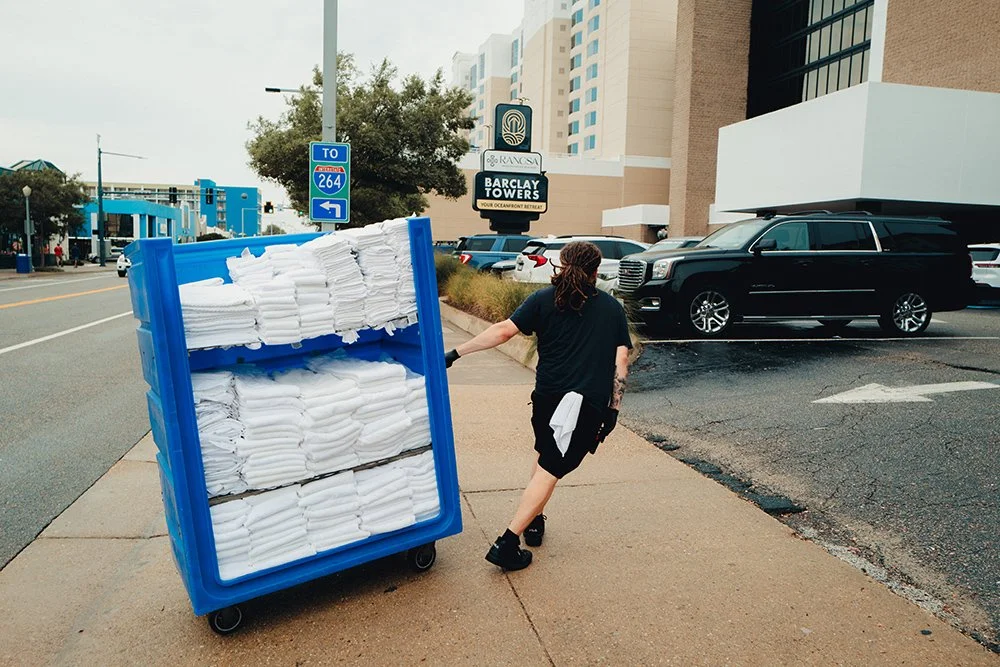A Return to the Q: Part 2
Welcome back to part 2 of A Return to the Q
In my previous post, I explained what drew me back to the Leica Q line. I compared it with the Leica M and SL systems and shared some insights on how they differ. In this post, I would like to discuss the model I chose for my kit and how I utilize my cameras. I will also discuss the Q model I chose, along with my rationale, and compare it with the other models.
So what did I decide on?
I have realized that among the three main Leica models—M, SL, and Q—each has overlaps and differences, but no single model truly replaces the others. An SL allows you to use long telephoto lenses and makes macro shooting easier, but it’s larger and heavier. An M offers more portability and interchangeable lenses, but focusing can be challenging with longer focal lengths, and since it’s manual focus only, it can be tougher with moving subjects. A Q is relatively compact and can handle some macro work, but its lens isn’t small, and you only have one focal length to use.
Currently, I plan to keep all three cameras for now. I will give them time to see how usage evolves. After roughly 4 months, I’m beginning to see which camera to use in different situations. For family outings where I want to stay present and capture memories, I choose the Q. For traveling or quiet street photography, I tend to opt for the M; it is my Zen camera. When facing challenging weather conditions, such as model photography or wildlife, or needing versatility, I use the SL3.
Each Leica model has its own purpose and strengths. If you're unsure which to choose first, consider your shooting style: is weight or size more important, or do you prioritize portability? If you're uncertain, the best advice I can give is to get some hands-on experience. Visit a Leica store or consider renting one to determine which model best suits your needs. Buy used, so if a particular model isn’t working for you, sell it and try another.
The Q that I went with was the Leica Q2 Reporter Edition. I landed on this decision because I have always wanted to get my hands on a Reporter edition; something about its look has always drawn me to it, whether it was a Q, SL, or M. This was also a symbolic purchase to me; my brother had passed away unexpectedly, and he, too, was a photographer. He was passionate about photographing military aircraft and was a military/history buff. The Reporter edition reminds me of him.
Sentiment aside, Q2 was a suitable middle ground for my kit. Although I wanted a flip screen, I didn’t want to spend too much on a Q3. The original Q was an option for saving money, but I preferred some of the upgrades of the newer Q models, like a battery compatible with my SL and weatherproofing. Since I already have an SL and an M, the Q didn’t need to do everything, which helped me save some money. In the following few sections, I will discuss each of the main models and provide some pros and cons of each.
So you decided on Q, but which one?
Deciding which Q model to choose can be difficult, as many factors influence your decision. I will avoid going into too much technical detail, but it’s important to discuss the technical differences between the models. I will also include a short comparison chart of the models.
First question to ask yourself: New or used? The first thing you should decide on is your budget. Come up with a budget and stick to it; this will also help narrow down your options. If you're not comfortable with buying a used camera, then your choices are limited to the Q3 or Q3 43. However, if you're open to buying used cameras, you'll have more options available.
Leica Q Type 116
Coming in as the cheapest is the original Q (Typ 116). This model can be purchased at the lowest price because it is the oldest. Being older also means it lacks some features found in newer models, but it is still an excellent option.
The biggest downside for me is that it lacks weatherproofing. Since it's an older model and a fixed lens camera, I prefer it to be weather-resistant. Additionally, it uses a different battery than the Q2 and Q3; both models share the same battery type as the Leica SL. Since I own an SL, that means I have an extra battery for both cameras. The Q type 116 is a great entry point into the Q system; it still performs very well in 2025. Based on feedback from other users online, this model also has the most favored sensor output. Users say it produces the best colors of all the Q models.
If you're worried about spending a lot of money on a used camera, I suggest purchasing from sellers like MPB, KEH, or UsedPhoto Pro (none of which I am affiliated with). These companies typically provide a good warranty or offer extended warranties to cover potential problems.
| Pros | Cons |
|---|---|
|
|
Leica Q2
The Leica Q2 is the ideal middle ground in the lineup, offering higher megapixels for better cropping and weatherproofing for increased durability. The increased megapixels enable improved recovery of highlights and shadows compared to the previous model. The battery in this model has been updated to match those used in the SL series, which is convenient for SL owners seeking a secondary camera. Additionally, the Q2 can use Leica's newer, higher-capacity batteries.
| Pros | Cons |
|---|---|
|
|
Leica Q3/Q3 43
I haven't used a Q3 yet, so my experience with it is limited, but I can share some considerations about this model. The Q3 is the first Q series camera with two available models, each featuring a different lens: the standard 28mm Summilux or the 43mm APO Summicron. Both lenses are excellent, and the main factor in choosing will likely be whether you prefer wide or more narrow shots. There are other differences, such as apertures of 1.7 and 2.0, respectively, but I wouldn’t get too hung up on that; both will deliver very good subject separation. The minimum focus distance differs slightly between the two, but I recommend focusing more on your preferred focal length when making your decision. With the APO design of the 43mm, you should notice less color fringing and more vibrant colors.
One of the main benefits of the Q3 over the other models is that, if its sensor is anything like the SL3 and M11, you will have excellent highlight and shadow recovery. Between all the models, colors can be adjusted to your liking in post, but when it comes to recovering highlights and shadow detail, higher megapixels are helpful.
Another beneficial change with the Q3 line is the placement of the Play and Menu buttons; these have moved to the right side of the camera, allowing for easier one-handed operation. The Q3 also comes with a higher-capacity battery compatible with all SL and Q2 cameras.
Quick breakdown of the pros and cons of the Q3 line:
| Pros | Cons |
|---|---|
|
|
Below is a comparison chart of the three models.
| Q (Typ 116) | Q2 | Q3/Q3 43 | |
|---|---|---|---|
| Sensor | 24.2 MP | 47.3 MP | 60 MP |
| Lens | 28mm f/1.7 Summilux | 28mm f/1.7 Summilux with digital cropping options (35mm, 50mm, 75mm) |
28mm f/1.7 Summilux or 43mm APO Summicron |
| Autofocus | Contrast-detect AF. Good but not as fast or capable as newer models. | Improved performance over Typ 116. Offers eye/face detection. | Hybrid AF (phase + contrast + DFD), better tracking, eye/face/animal detection. |
| Screen & Viewfinder | Fixed screen, lowest resolution screen/EVF compared to newer ones. | Fixed LCD; improvements in screen and viewfinder resolution compared to Typ 116. | Tilting LCD screen, higher res screen, higher resolution EVF. |
| ISO | 100-50,000k More limited by modern standards. Lower MP helps a bit in noise, but less margin for heavy crop or pushing. |
100-100k Better than Typ 116: more resolution, improved performance. |
50-100k Even better: greater ISO range, more details in shadows, better dynamic range. |
| Shutter | Lower burst rate, slower shutter than Q3. | 10 fps, fast shutter speeds, decent performance. | 15 fps burst; much faster electronic shutter top speed |
| Video | 1080p / 4K but less feature-rich. | 4K video (30 fps) at good quality. | 8K video, more codec options, higher bitrate, etc. |
| Ergonomics & Features | Lowest weight. Battery life is acceptable but less features over other models. | Adds features like digital crop, better screen, etc. | More modern interface improvements: USB-C, tilt screen, better EVF, better AF, improved usability. Additional features (e.g. perspective control, wireless charging, etc.) |
Among all three options, I recommend choosing a Q2 in 2025, it offers a good balance of features and cost. If cost isn’t a factor to you, then definitely a Q3 or Q3 43, depending on your preferred focal length. If you already have a main camera and are looking for a secondary camera, an everyday camera, or want to save a lot of money, then I strongly recommend the Q typ 116. I hope this post has helped weigh the pros and cons of each model. Please drop a comment below and let me know which model you would choose.
Affiliate Links
I would greatly appreciate if you would consider using my affiliate links below when purchasing camera equipment. This will help me keep the site going and allow me to do more reviews in the future.
MPB - Use code AF-US-N5 for 5% off 11/27-12/27
I am not affiliated with Lensrental.com, but this is where I rent my equipment. If you're in the United States and considering renting cameras, lenses, or other equipment, please use the code below and give them a try. It will provide me with a small discount on future rentals, which will lead to more reviews!
https://share.lensrentals.com/x/8BG6mh
Sample Images


























